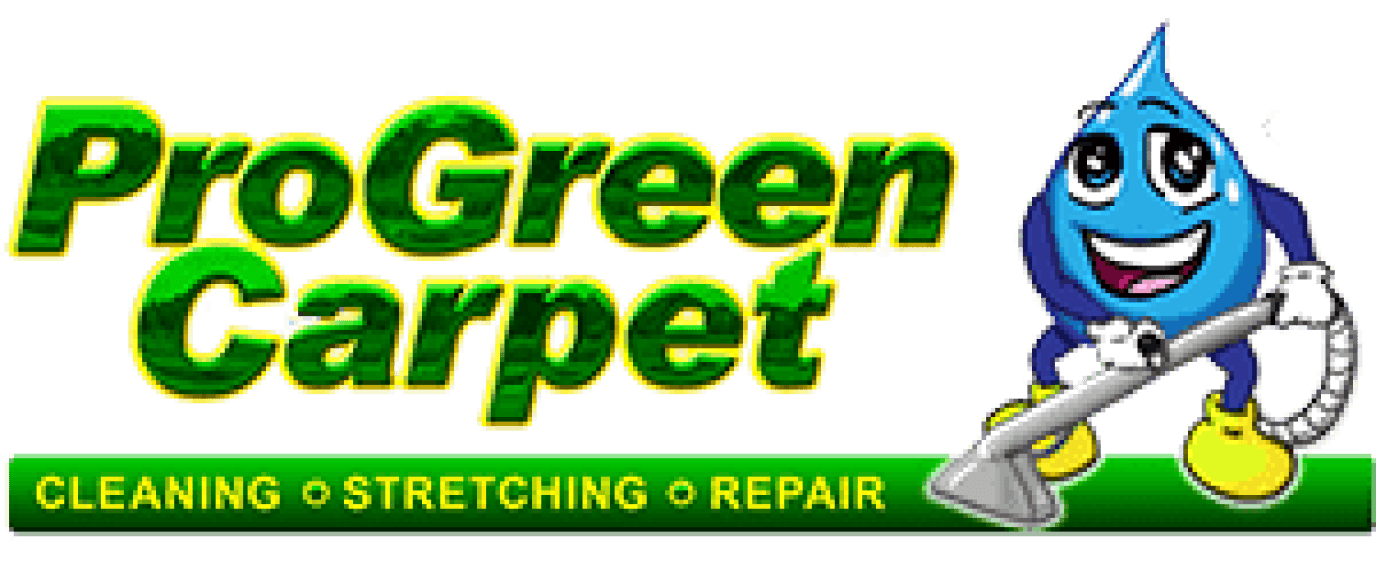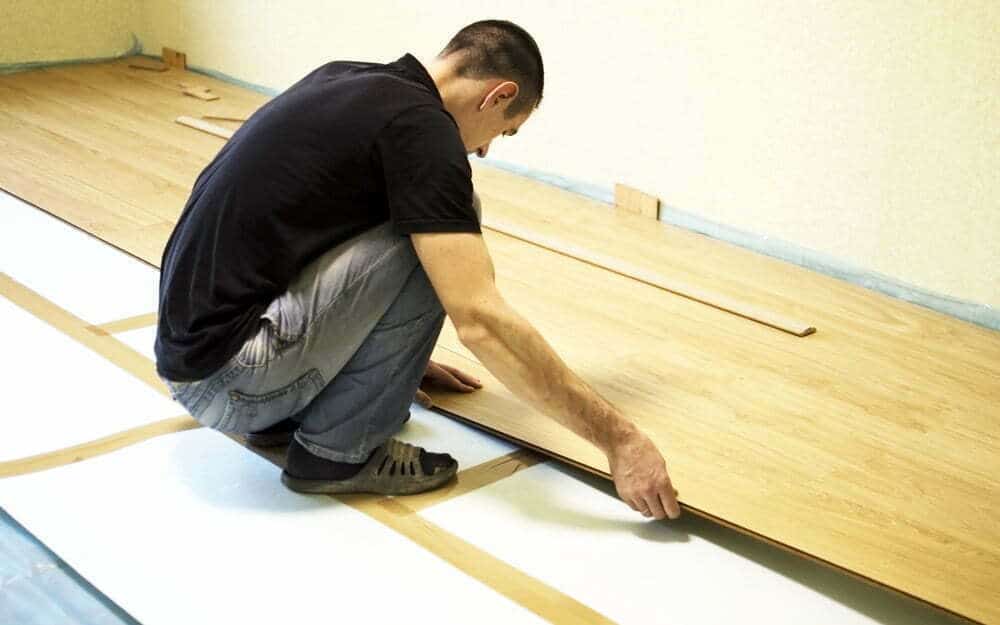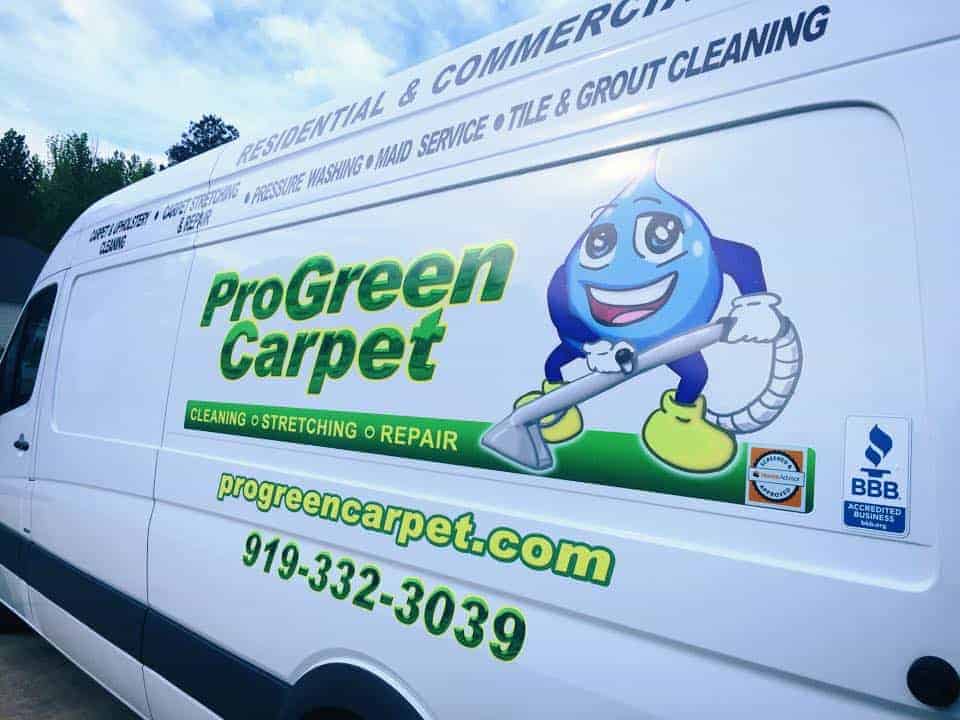Squeaky Floor Repair is essential if you have a squeaky floor. Otherwise, it will make noise every time you walk on the floor. This can distract people from concentrating. Not only is this frustrating, but it also will wake others up at night if you get up to go to the washroom or grab some snacks. It can be very inconvenient for people with babies. You do not want your baby to wake up in the middle of the night and start crying.
Experts like ProGreen Carpet can help you to handle this situation easily. Our experts will visit your home, assess the situation, and repair the floor in no time. However, you do not always need the help of experts. There are lots that you can do to tackle the situation. If you are unaware of how to repair squeaky floors, here are a few DIY tips:
DIY Squeaky Floor Repair Tips
1. Use a soap bar
You can fix the squeaking noise of your floor using a bar of soap. It is one of the most popular methods of fixing squeaking floors. Using a soap bar is popular mainly because it is available in all households. Also, you do not have to put in a lot of time and effort. Just rub the soap bar on the edges of the squeaky areas until they are completely covered. It will make the edges smoother and eliminate the squeaking sound. Ensure that you apply sufficient soap to the edges, or it might continue squeaking.
Moreover, you must remember that his trick may eliminate squeaking for a long time, but it is a temporary solution, and the floor might start squeaking after 2 to 3 months again. Therefore, you must hire a team of experts for floor squeak repair at some point in time.
2. Use wax
Candles are available in almost all households, just like a bar of soap. You can use them for repairing your squeaking floor as well. Many homeowners prefer them for fixing squeaking floors because they are cheap. You can get lots of them at very low prices. Paraffin wax is used on various things, like snowboards, sliding glass doors, etc., to reduce friction. Therefore, you can also use paraffin wax to repair your squeaky floors. There are two ways of applying wax to lubricate the edges. You can either rub the wax on them or apply melting wax to them. In most cases, the latter option proves to be more effective. It will ensure that the floor does not squeak for a long time.
3. Use Petroleum jelly
People use petroleum jelly at home during winter to prevent dry lips. However, there are more uses for petroleum jelly. You can use it to fix your squeaking floor as well. The task is simple. Locate the joints between the floorboards from where you hear the squeaking sound and apply petroleum jelly to those areas. It will act as a lubricant and eliminate the squeaking sound. Just make sure that you add an adequate amount of petroleum jelly to the joints. This will ensure that the sound does not return for a long time.
4. Slide a knife between boards
A squeaking noise is often caused when the upper parts of your floorboards start rubbing against each other. You can easily stop it by opening the gap between the hardwood flooring. This can be done by passing a thin knife through the gap between the planks. The blade will increase the space between them and reduce friction.
You may not be able to do it successfully in one go. Consider running the knife through the gap a few times. It will ensure sufficient space is created between the planks. However, always be careful with the knife and do not apply too much pressure. The blade is sharp and can scratch the floor. This can ruin the appeal of your floor.
5. Use baby powder or talcum powder
If you hear a squeaking sound while walking on the floor, carefully locate the area first. Now, get some talcum powder from your dressing table and apply it to the area. Get a piece of cloth and gently rub the powder on the floor. It will get rid of the squeaking sound. Consider knocking a few times on the floor while rubbing the powder. It will help the powder to get between the boards. Many people use baby powder instead of talcum powder as well. Once the squeaking sound stops, you should clean the floor with a wet cloth.
6. Use shims
Although the DIY floor squeak repair tips mentioned above are effective, using a shim is considered the best option. It easily takes care of the gap between the boards. You can cut thin wedges of wood at home or buy them from a store. They are easily available at any hardware store. You must put it very gently between the gap of the boards, and it will prevent the board edges from rubbing against each other. Just make sure that you do not apply too much pressure. Or, you may end up damaging the floorboards and ruining the look.
Although shims are very effective, you may not be able to use this tip in some cases. This is because the gap between the boards is very small, and you may not find a shim that can enter between them. In some cases, multiple shims have to be used, which becomes quite hectic for homeowners.
The DIY floor squeak repair tips mentioned above are effective but not long-term. Your floor will start squeaking again after a few weeks or months. For a permanent solution, you will have to hire professionals like ProGreen Carpet. We are located in North Carolina. You can contact our team at 919-332-3039!




